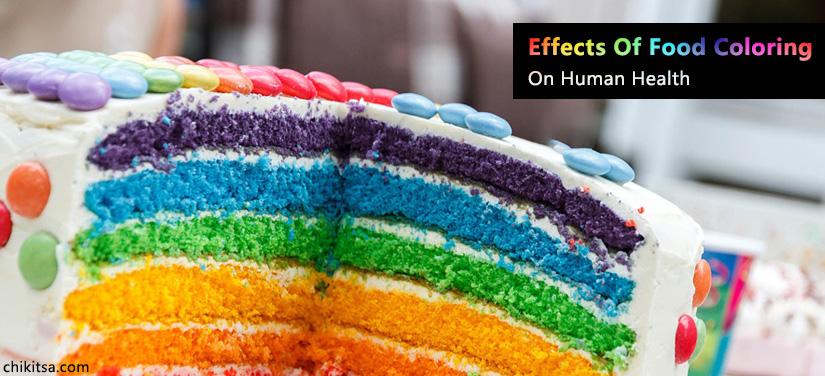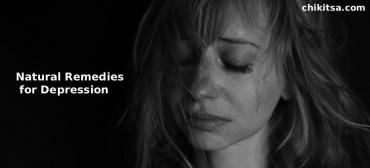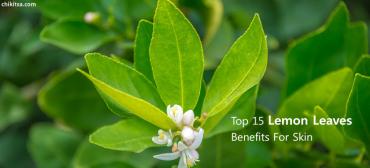Effects of Food Coloring on Human Health

These food coloring agents greatly influence consumer’s food choices and selection. Food coloring has been an important part of food preparation and processing since ages. Food coloring agents are substances that are capable to impart color or correct the color of food. It is widely used added in consumer use items such as food, cosmetics, and medications.
In addition to enhancing color, colorants are also used to restore color lost due to food processing and storage and to impart color to an originally colorless food. They are used rampantly in processed foods such as jams, candies, jellies, soft drinks, puddings, and margarine, cheese, and pastry fillings.
Various Types of Food Coloring Agents Used
1. Natural Colorants
- These colors are produced from sources in which they naturally exist such as cabbage, grapes, beetroot, and paprika.
- Natural colors are unstable and easily fade away in presence of heat and light. They also cannot be produced in adequate quantities to meet the demand of the food industry. Due to these reasons, natural food coloring is quite expensive.
2. Inorganic Natural Colorants
These colorants include aluminum dust and silver, gold, iron oxides, titanium oxide and calcium carbonate. They are used in coating of confectionaries, decorations, chocolates, breads and gums.
3. Synthetic Colorants
- These are obtained by chemical synthesis.
- Synthetic food colors have higher coloring ability, stability, and easier application as compared to other colorants.
- They also have a higher shelf life due to high water and oil dissolution properties.
4. Organic Natural Colors
Some examples of organic natural food colors used are
- Anatto – It is derived from Bixa Ornella L tree seeds and is used for coloring cheese, margarine, snacks, and pastries
- Anthocyanins – This type of color is obtained from sources like grapes, black currant, red beets, black carrots and the like
- Vegetable carbon – This is the only type of color which gives a blackish or grey color to foods. It is used for coloring ice creams and candies
- Caramel – This is produced by heating sugar
- Chlorophyll – This color is obtained as a result of plant photosynthesis. It imparts a green color and is used in foods like candies, jams, jellies, and dairy products
- Curcumin – It is the main coloring agent in turmeric. It is used in sauces, butter, confectionary, dairy products, and pickles
- Lycopene and Lutein – Lycopene is a main coloring agent of tomatoes and gives are a red color. Lutein gives a yellow color
- Paprika Extract – It is found in red pepper and is responsible for the red color
Effects of Food Coloring on Human Health
Effects of food coloring on human health have been a topic of debate since quite a long time. Owing to the waste amount of information available on the internet, there has been a rise in awareness among people about health risks associated with food coloring and the importance of consuming natural foods over synthetic ones.
Although each person’s bodily reaction to food colorants varies in presentation and intensity, there have been several incidences reported regarding the negative effects of food coloring on adults and children.
- Food colorants like Tartrazine (Yellow 5) and Brilliant Blue are known to cause Attention Deficit Hyperactive Disorder (ADHD) among children. A study claimed that nearly 73% of children included in their study showed a significant decrease in hyperactivity on the elimination of food colorants and additives from their diet.
- Colorants and synthetic products found in sugary drinks and foods can lead to dangerous conditions such as chromosomal abnormalities, behavioral disorders, psycho toxicity, reproductive toxicity and developmental delay among children.
- Tartrazine alone is responsible for the development of potentially serious psychological conditions like depression, sleep disorders, restlessness, and increased irritability and mood disorders.
- Certain reports also claim food colorants such as Allura red to be one of the causative factors for allergies and bronchial asthma. Allergic reaction to food containing additives and colorants has been reported several times. Yellow 5 is known to cause urticaria and hives in several cases.
- Synthetic colors like Tartrazine E102 and chocolate brown cause damage to the DNA, kidneys, and liver. Food colorants directly bind to the DNA causing damage to them.
- Synthetic colors cause oxidative damage and increase the circulation of free radicals in the blood. Free radicals are predisposing factors of coronary artery diseases.
- Consuming foods and beverages containing synthetic colors over a long period of the tie is linked to the development of cancer among such individuals.
Food coloring agents are not only used widely to satisfy customer demands and preferences, but they are sometimes mandatory for maintaining food quality standards and increasing the shelf life of processed foods.
On the other hand, food colorants are also reported to have a positive impact on the health status of individuals such as
- Carotenoids obtained from beta-carotene play an important role in cell growth and immunity
- Lycopene obtained from tomatoes is known to have a protective role against cancers of the breast, cervix, and prostate
- Curcumin obtained from turmeric has a role in preventive cellular oxidation. It therefore has anti-oxidant properties. It is known to prevent against cancers, promote detoxification of the liver and increase the activity of digestive enzymes
Considering both positive and negative effects of food coloring on human health, the subject of safety of synthetic food colors remains to be controversial. This is because an ample amount of research in this field is lacking and there is no conclusive evidence to prove that food coloring agents are hazardous to health.
Owing to major health risks linked with synthetic food colors, several governments have even banned their use in food production and processing. Consuming fresh, dye-free and natural foods is the only simplest way to eliminate artificial food color from diet and avoid the several health risks linked with it. Since it is difficult to completely curb packed and processed foods, it is a good practice to read the label carefully before purchasing such foods.









